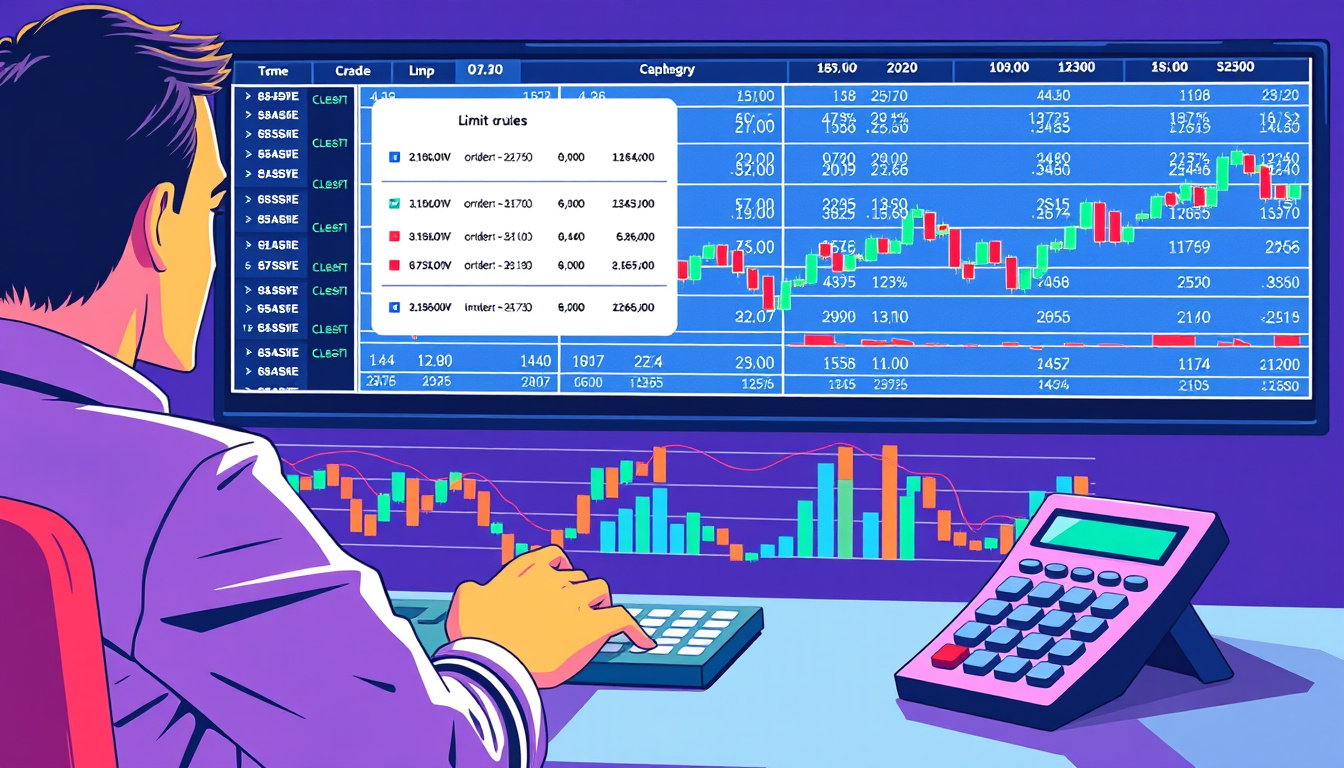Mastering the Market: A Comprehensive Guide to Limit Orders and Their Strategic Benefits
Mastering the Market: A Guide to Limit Orders and Their Strategic Perks
When trading in finance, one must know the different types of orders. Limit orders help control the price when buying or selling. This guide explains what limit orders are, how they work, their good points and drawbacks, and how to plan their use.
What Is a Limit Order?
A limit order tells a broker to buy or sell a set number of shares at a set price or better. A buy limit order runs only at the set price or lower. A sell limit order runs only at the set price or higher. The trader gets price control. This order brings clear rules and buys time for a steady plan.
How Limit Orders Work
Traders fix the price they are ready to pay or get. For example, if a trader sees a stock at $50 and thinks it is too high, they can set a buy order at $45. The trade happens only if the price falls to $45 or less.
If the trader owns stock for $70 and does not wish to sell at that amount, they can set a sell order at $75. In this way, the trade happens only if the price climbs to $75. 
Example of Limit Orders
Suppose a trader looks at Tesla Inc. (TSLA). The trader wants 100 shares but sees $750 as too high. The trader sets a buy order at $700. The order runs when the price drops to $700 or below. If the trader holds shares worth $2,300, they can put a sell order at $2,400. In this case, the trade only occurs if the price hits $2,400. ## Limit Orders vs. Market Orders
It is clear that two types of orders exist:
• Market orders run at the available price now. They work fast but may have a price that changes.
• Limit orders fix a set price before a trade happens. These orders wait until prices match the set point. They give more control but might not run if prices do not reach the set point.
Pros and Cons of Limit Orders
Limit orders give clear price control. They help set the right cost for buying or selling. They also let traders plan their moves based on a steady mind. However, there is a risk the order may not run. Fast changes in price can leave a trader without a deal.
Pros:
- Traders set a clear price target.
- Orders run only at the set price.
- They can guard against sudden price shifts.
Cons:
- Orders may not run at all.
- Fast price moves may miss the order.
Strategic Implementation of Limit Orders
Here are a few ways traders plan their use of limit orders:
- Study the market with facts and figures.
- Choose the order length tool. Most brokers let traders choose orders that last a day or until canceled.
- Mix limit orders with other safe orders to plan a tighter trade move.
- Adjust set prices as the market changes to get trades done.
Conclusion
Limit orders help traders set clear rules for trades. They bring a steady plan and give full control of the price. By knowing how these orders work, a trader can make a clear plan and take solid steps in finance. Whether new to the field or skilled, a good plan with limit orders helps reach better trade results.
